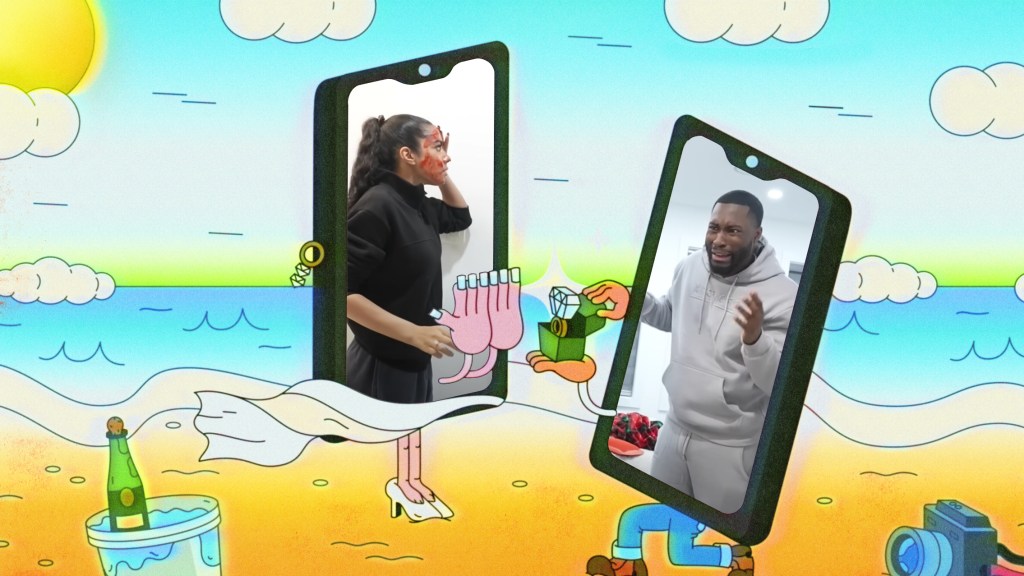PewDiePie—aka Felix Kjellberg—is about to lose his title as the king of YouTube with 65.7 million subscribers. But it’s not a question of cult of personality: he’s positioned to be replaced as the platform’s biggest channel by T-Series, an Indian entertainment channel run by a Mumbai-based film and music company.
T-Series, which currently has 59.8 million subscribers, capitalizes on one of the biggest industries in the world (Bollywood) in the second most populated countries in the world (India, with 1.3 billion people.) The channel, which is largely music videos and songs from movies, goes beyond Bollywood—films made usually in Hindi—and includes subchannels for various regional Indian languages like Kannada, Telugu, and Tamil.
Videos by VICE
The company was founded by Gulshan Kumar, who was murdered in 1997. Kumar had built the music empire in just two decades, starting from an audio cassette company and then producing major Bollywood films before growing into what would become T-Series.
On YouTube, T-Series, with its 12,000+ videos, rakes in up to $11.6 million per month and is collecting an average of 150,000 subscribers per day, according to Social Blade, an analytics site. And if its growth projections play out, T-Series will have upwards of 86 million subscribers in a year.
That kind of startling growth is reflective of the Indian user. In one of the world’s fastest growing economies, people are coming online in droves: the number of internet users in India reached 500 million this summer, and that is still only around a third of the population.
“The only thing surprising about T-Series being YouTubes biggest channel is that it took this long for them or another Bollywood channel to become YouTube’s biggest,” said Rajan Shah, co-founder of the Association of South Asians in Media and Entertainment. It was never a question of if T-Series or another Bollywood channel would become YouTubes biggest, but when.”
The T-Series strategy—which includes playlists and exclusive songs—has also cleverly captured sections of the Indian audience that would otherwise be dispersed among regional channels (Bollywood is only one of the major industries, alongside Tollywood and Kollywood, which are in Bengali and Tamil, respectively.) This investment is likely to pay off as less connected areas of the country get on board, and help T-Series compete with other Indian industry giants, like Zee and and Eros Now.
But it’s not just the content drawing people to T-Series. The Indian music industry still lags behind other major markets, and popular services like Spotify are restricted in the country, and apps like Saavn and Gaana (like Spotify for Indian music) are usually only prevalent in urban areas. “Bollywood and Indian music is one of the most beloved genres and biggest forms of music worldwide,” Shah said. ‘But because of how Bollywood music is released and fragmented, it will never rank on global music charts alongside Beyoncé or Jay-Z.” That also means a lot of Indians are getting their music through radio and videos.
The next steps for T-Series will be to expand outside the Indian market. And that’s not a huge leap: the reach of Indian entertainment, and the popularity of T-Series, is not limited to Indians. Indian music, and Bollywood, is popular in the subcontinent as well as parts of the Middle East and Africa.
As YouTube commenter lzipunn said on a T-Series video, “This is the first time I have actually liked indian music .”




